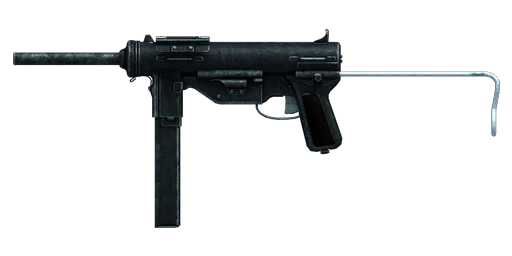
“Today, you're allowed to carry a gun without a license or permit on Tombstone streets. "Tombstone had much more restrictive laws on carrying guns in public in the 1880s than it has today,” says Adam Winkler, a professor and specialist in American constitutional law at UCLA School of Law. This is the only known photo of 19 year-old Billy. Tom McLaury, Frank McLaury and Billy Clanton (left to right) lie dead after the gunfight at the O.K. One other thing these cities had in common: strict gun control laws.

The “Old West” conjures up all sorts of imagery, but broadly, the term is used to evoke life among the crusty prospectors, threadbare gold panners, madams of brothels, and six-shooter-packing cowboys in small frontier towns – such as Tombstone, Deadwood, Dodge City, or Abilene, to name a few. Billy Clanton and the McLaury brothers, who stood and fought, were killed by the lawmen, all of whom walked away. Ike Clanton and Billy Claiborne, who were unarmed, ran at the start of the fight and survived. When the Earps and Holliday met the cowboys on Fremont Street in the early afternoon, Virgil once again called on them to disarm. Earlier on this fateful day, Virgil had disarmed one cowboy forcefully, while Wyatt confronted another and county sheriff Johnny Behan failed to persuade two more to turn in their firearms. (Residents of many famed cattle towns, such as Dodge City, Abilene, and Deadwood, had similar restrictions.) But these cowboys had no intention of doing so as they strolled around town with Colt revolvers and Winchester rifles in plain sight. The laws of Tombstone at the time required visitors, upon entering town to disarm, either at a hotel or a lawman's office. Long-running tensions between the lawmen and a faction of cowboys – represented this morning by Billy Claiborne, the Clanton brothers, and the McLaury brothers – will come to a head over Tombstone's gun law. Marshall Virgil Earp, having deputized his brothers Wyatt and Morgan and his pal Doc Holliday, is having a gun control problem. Corral is quiet, and it's had an unremarkable existence for the two years it's been standing-although it's about to become famous.

It's October 26, 1881, in Tombstone, and Arizona is not yet a state.


 0 kommentar(er)
0 kommentar(er)
